200,000–50,000 BCE
Early Humans
With their large brains, long period of child development, and extensive social and family support,
early humans were able to sustain life and raise children more effectively than other primates.
c. 400 BCE
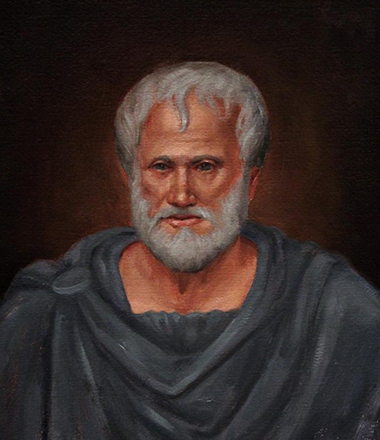
Ancient Greece
In ancient Greece, ideas about children from philosophers like Plato (c. 428–348 BCE) and Aristotle (384–322 BCE) influence further thoughts about children. Plato believed children were born with knowledge. Aristotle believed children learn from experience.
© 2016 Macmillan
140 BCE
China
In China, imperial examinations are one of the first times cognitive testing is used on young people.
500–1500
Europe
During the Middle Ages in Europe, many adults believed that children were miniature adults.
1100–1200
Europe
The first universities are founded in Europe. Young people pay to be educated together.
1650–1800

European Philosophers
European philosophers like John Locke (1632–1704) and Jean-Jacques Rousseau (1712–1778) debate whether children are born as “blank slates” and how much control parents should take in raising them.
© 2016 Macmillan
1797
Europe
First European vaccination: Edward Jenner (1749–1823) publicizes smallpox inoculation, building on vaccination against smallpox in Asia, the Middle East, and Africa.
1750–1850
Western Laws
Beginning of Western laws regulating child labor and protecting the rights of children.
1837
Germany
The first kindergarten opens in Germany, part of a movement to teach young children before they entered the primary school system.
1859
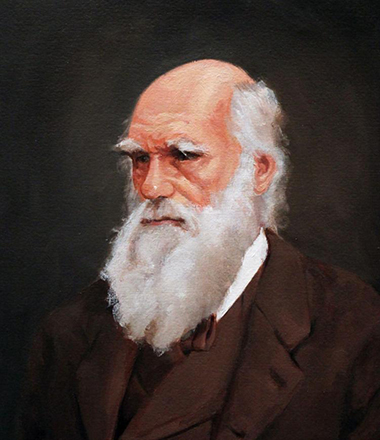
Charles Darwin
Charles Darwin (1809–1882) publishes On the Origin of Species, sparking debates about what is genetic and what is environmental.
© 2016 Macmillan
1879
Germany
The first experimental psychology laboratory is established in Leipzig, Germany.
1885
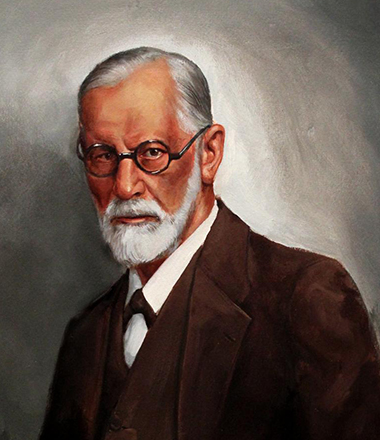
Sigmund Freud
Sigmund Freud (1856–1939) publishes Studies on Hysteria, one of the first works establishing the importance of the subconscious and marking the beginning of psychoanalytic theory.
© 2016 Macmillan
1895
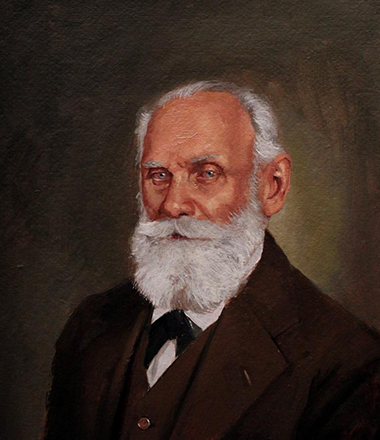
Ivan Pavlov
Ivan Pavlov (1849–1936) begins his research on dogs’ salivation response.
© 2016 Macmillan
1900
United States & Europe
Compulsory schooling for children is established for most children in the United States and Europe.
1903

Gerontology
The term gerontology, the branch of developmental science devoted to studying aging, is first coined.
Ron Chapple/Shutterstock
1905
Max Weber
Max Weber (1864–1920), the founder of sociology, writes The Protestant Work Ethic, about human values and adult work.
1905
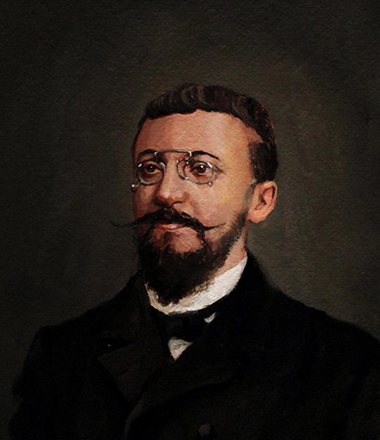
Alfred Binet
Alfred Binet’s (1857–1911) intelligence test is published.
© 2016 Macmillan
1907

Maria Montessori
Maria Montessori (1870–1952) opens her first school in Rome.
JeniFoto/Shutterstock
1913
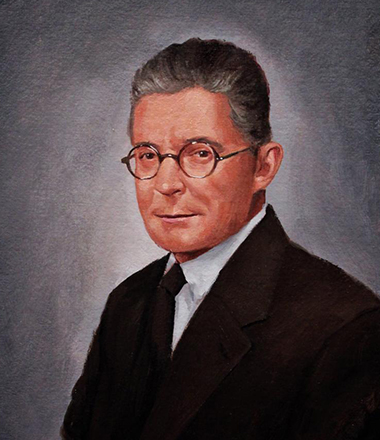
John B. Watson
John B. Watson (1878–1958) publishes Psychology As the Behaviorist Views It.
© 2016 Macmillan
1920
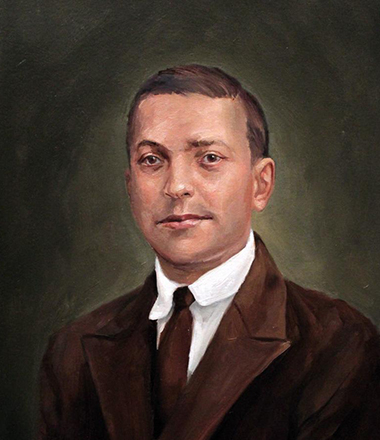
Lev Vygotsky
Lev Vygotsky (1896–1934) develops sociocultural theory in the former Soviet Union.
© 2016 Macmillan
1923
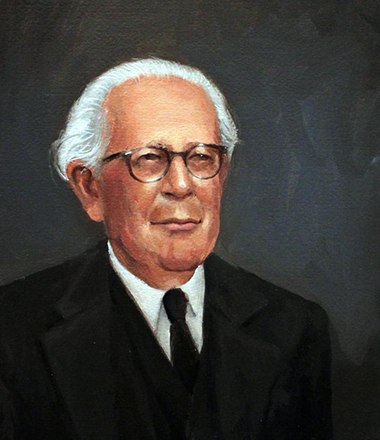
Jean Piaget
Jean Piaget (1896–1980) publishes The Language and Thought of the Child.
© 2016 Macmillan
1933
Society for Research on Child Development
Society for Research on Child Development, the preeminent organization for research on child development, is founded.
1939

Mamie & Kenneth Clark
Mamie (1917–1983) and Kenneth Clark (1914–2005) receive their research grants to study race in early childhood.
© 2016 Macmillan
1943
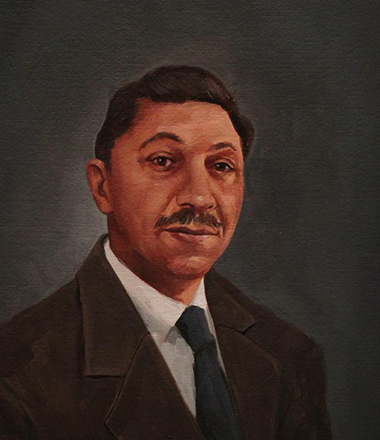
Abraham Maslow
Abraham Maslow (1908–1970) publishes A Theory of Motivation, establishing the hierarchy of needs.
© 2016 Macmillan
1950
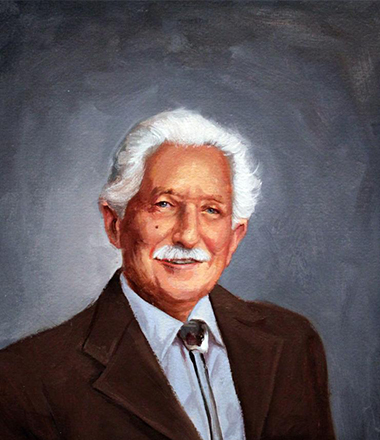
Erik Erikson
Erik Erikson (1902–1994) expands on Freud’s theory to include social aspects of personality development
with the publication of Childhood and Society.
© 2016 Macmillan
1951

John Bowlby
John Bowlby (1907–1990) publishes Maternal Care and Mental Health, one of his first works on the importance of parent–child attachment.
Blend Images/Shutterstock
1953
DNA & our Genetic Blueprint
Publication of the first papers describing DNA, our genetic blueprint.
1953
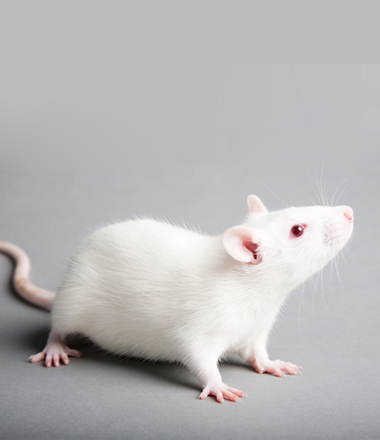
B.F. Skinner
B.F. Skinner (1904–1990) conducts experiments on rats and establishes operant conditioning.
Vasiliy Koval/Shutterstock
1955
Emily Werner
Emmy Werner (b. 1929) begins her Kauai study, which focuses on the power of resilience.
1956
K. Warner Schaie
K. Warner Schaie’s (b. 1928) Seattle Longitudinal Study of Adult Intelligence begins.
1957
Harry Harlow
Harry Harlow (1905–1981) publishes Love in Infant Monkeys, describing his research on attachment
in rhesus monkeys.
1961

Teratogens
The morning sickness drug thalidomide is banned after children are born with serious birth defects, calling attention to the problem of teratogens during pregnancy.
Maxx-Studio/Shutterstock
1965
Head Start
Head Start, an early childhood education program, is launched in the United States.
1965
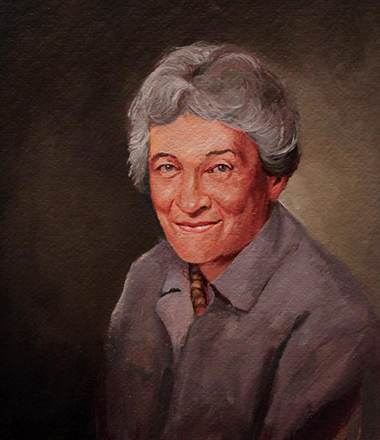
Mary Ainsworth
Mary Ainsworth (1913–1999) starts using the “Strange Situation” to measure attachment.
© 2016 Macmillan
1966

Diana Baumrind
Diana Baumrind (b. 1928) publishes her first work on parenting styles.
© 2016 Macmillan
1972
Genetic Markers
The beginning of the Dunedin, New Zealand study—one of the first longitudinal studies to include genetic markers.
1979
Urie Bronfenbrenner
Urie Bronfenbrenner (1917–2005) publishes his work on ecological-systems theory.
1986

John Gottman
John Gottman (b. 1942) founds the “Love Lab” at the University of Washington to study what makes relationships work.
Kzenon/Shutterstock
1987
Carolyn Rovee-Collier
Carolyn Rovee-Collier (1942–2014) shows that even young infants can remember in her classic mobile experiments.
1990–Present

Brain Imaging Technology
New brain imaging technology allows pinpointing of brain areas involved in everything from executive function to Alzheimer’s disease.
epstock/Shutterstock
1990

Barbara Rogoff
Barbara Rogoff (b. 1950) publishes Apprenticeship in Thinking, making developmentalists more aware of the significance of culture and context. Rogoff provided new insights and appreciation of child-rearing in Latin America.
Convention on the rights of the child
The United Nations treaty Convention on the Rights of the Child takes effect, requiring the best interests of children to be considered. Most notably, children can no longer be considered solely the possession of their parents.
Currently all U.N. nations have signed on, except Somalia, South Sudan, and the United States.
Doug James/Shutterstock
1993
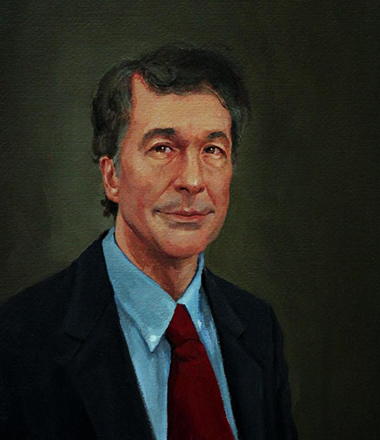
Howard Gardner
Howard Gardner (b. 1943) publishes Multiple Intelligences, a major new understanding of the diversity of human intellectual abilities. Gardner has since revised and expanded his ideas in many ways.
© 2016 Macmillan
1994

Steven Pinker
Steven Pinker (b. 1954) publishes The Language Instinct, which focuses attention on the interaction between neuroscience and behavior, helping developmentalists understand the need for physiological understanding as part of human
growth. These themes continue in his later work, such as How the Mind Works in 1997.
Shutterstock
1995–Present

Science of Human development
The textbook chronicles many more recent studies and discoveries. Enjoy your exploration of the science of human development!
Flashon Studio/Shutterstock